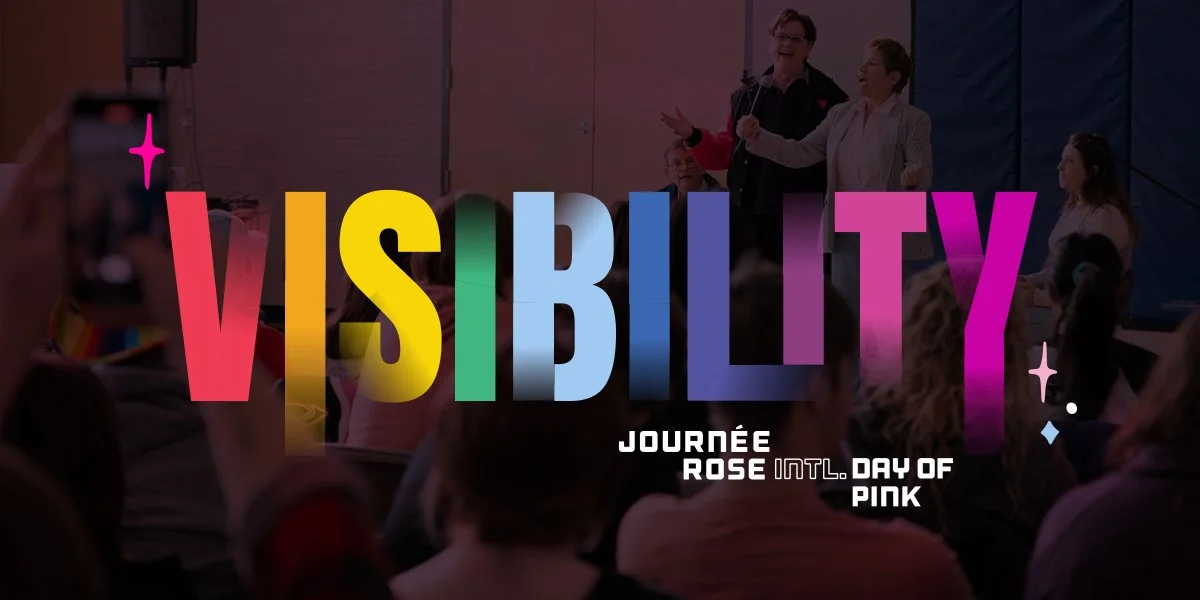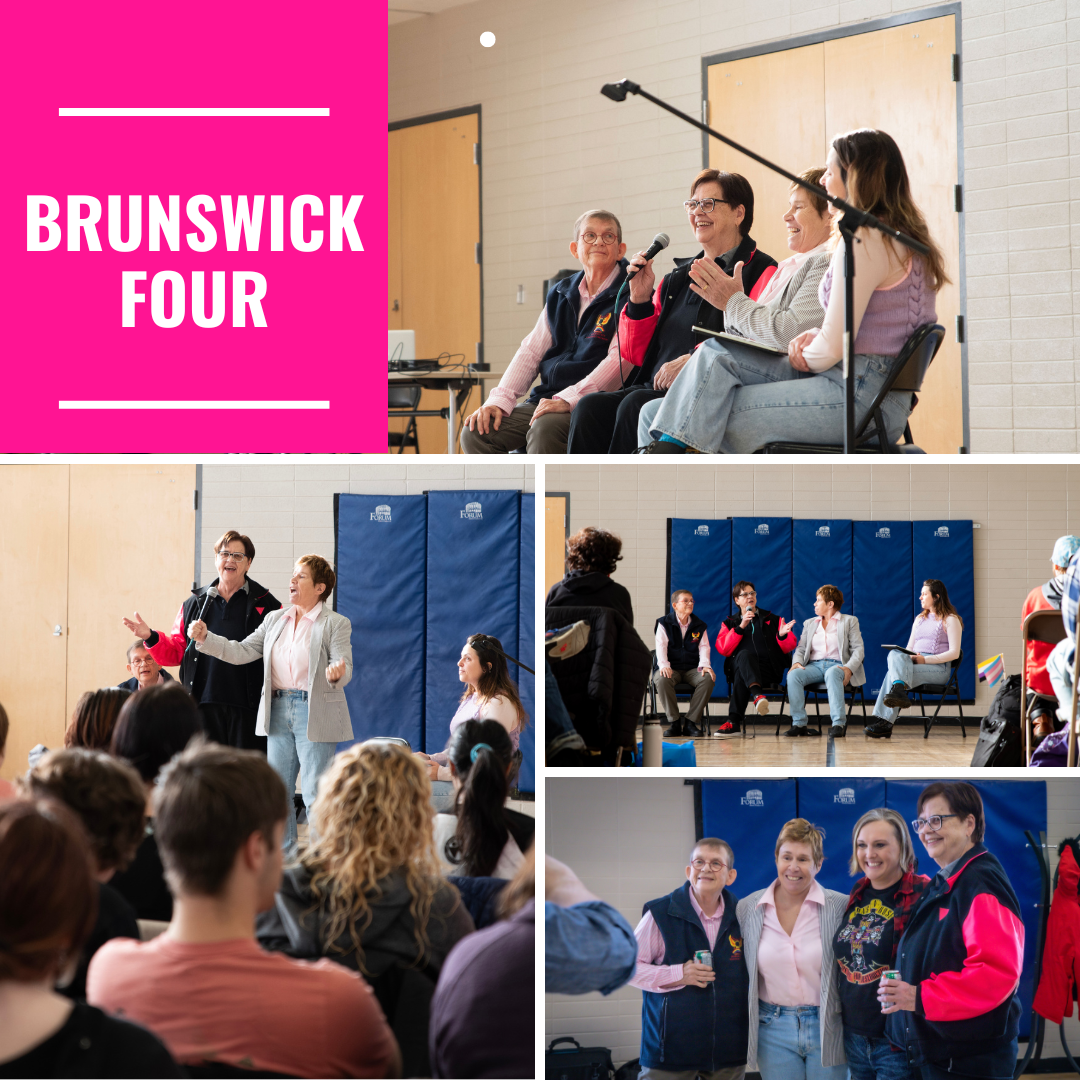Celebrating the 50th Anniversary of the Brunswick Four
Curriculum Tool: The Brunswick Four and the Beginning of Queer and Lesbian Rights Activism in Canada
Grade Level: Secondary/High School (Grades 9-12)
Subject Areas: Social Studies, History, Gender Studies, Civics, and Language Arts
Learning Goals:
Explore the events surrounding the Brunswick Four incident and its role in the LGBTQ+ rights movement in Canada.
Understand how social activism, music, and performance art have been used historically to challenge discrimination.
Analyze the media’s role in shaping public conversations around social issues.
Foster discussions on gender, sexual orientation, discrimination, and civil rights.
Essential Questions:
What were the events leading to and following the Brunswick Four incident?
How did this event contribute to the broader struggle for LGBTQ+ rights in Canada?
How can performance art and activism intersect to create social change?
How did the media’s portrayal of the Brunswick Four shape public discourse?
Lesson Plan Overview:
Lesson 1: The Brunswick Four Incident – Understanding the Historical Context
Objective: Students will examine the social and political climate of the 1970s in Canada and the significance of the Brunswick Four incident within the LGBTQ+ rights movement.
Activities:
Introduction (10 mins): Show a timeline of key LGBTQ+ rights milestones in Canada. Introduce students to the Brunswick House, open mic culture, and the role of taverns in LGBTQ+ communities during the 1970s.
Primary Source Analysis (30 mins): Read aloud or distribute an excerpt of a newspaper article from 1974 that covered the Brunswick Four incident. Ask students to underline key details and summarize the event in their own words. Discuss as a class the media's portrayal of the event.
Discussion (20 mins): Facilitate a discussion on how the Brunswick Four incident ignited a national conversation on lesbian rights in Canada. What challenges did the women face? How did society react?
Homework/Extension:
Reflection Prompt: How does the Brunswick Four incident compare to other LGBTQ+ activism events in history (e.g., Stonewall Riots)? Write a one-page reflection.
Resources:
Excerpts from 1974 newspaper articles on the Brunswick Four.
Video/Audio of queer activism during the 1970s (if available).
Timeline of LGBTQ+ milestones in Canadian history.
Lesson 2: Performance as Protest – Analyzing "I Enjoy Being a Dyke"
Objective: Students will analyze the song "I Enjoy Being a Dyke" and discuss how performance art can be used to challenge social norms and discrimination.
Activities:
Opening Discussion (10 mins): Review what happened when the Brunswick Four took the stage and performed “I Enjoy Being a Dyke.” How did the audience respond? Why was the performance interrupted by the manager?
Song Analysis (20 mins): Divide students into small groups to compare the original Rogers and Hammerstein song "I Enjoy Being a Girl" with the rewritten lyrics of "I Enjoy Being a Dyke." Students should focus on themes of gender roles, empowerment, and resistance. Each group presents their analysis.
Creative Writing/Performance Activity (20 mins): Ask students to rewrite a popular song from today to address a contemporary social issue (e.g., climate change, racism, or body positivity). Encourage students to focus on how lyrics can inspire change and provoke thought.
Homework/Extension:
Research Task: Choose a modern-day example of protest music or performance (e.g., Beyoncé's "Formation" or Janelle Monáe's "Make Me Feel"). Write a short analysis on how the artist addresses social issues through their performance.
Resources:
Lyrics to "I Enjoy Being a Girl" and "I Enjoy Being a Dyke."
Audio clips of protest music (past and present).
YouTube links to activist performances, such as spoken word or music videos.
Lesson 3: LGBTQ+ Rights and Media Representation
Objective: Students will investigate how the media shapes public perception of LGBTQ+ communities and activism.
Activities:
Media Literacy Introduction (15 mins): Introduce students to the concept of media framing. How do newspapers, TV shows, and social media portray different marginalized communities? How does this affect public opinion?
Case Study (20 mins): Analyze two different newspaper articles or news clips—one from 1974 covering the Brunswick Four and one from a more recent LGBTQ+ rights event. In small groups, students should compare the tone, language, and framing used in each article. How has media representation of LGBTQ+ issues evolved over time?
Class Discussion (15 mins): Discuss the role of media in either marginalizing or supporting LGBTQ+ rights movements. What are the consequences of biased media representation?
Homework/Extension:
Research Project: Investigate the portrayal of a marginalized group (e.g., Indigenous peoples, immigrants, or transgender individuals) in the media. Create a presentation comparing positive vs. negative media portrayals and the impact on public perception.
Resources:
Newspaper articles on the Brunswick Four.
Media clips of LGBTQ+ issues (e.g., same-sex marriage debates, Pride events).
Handouts on media framing and bias.
Lesson 4: Social Activism and Change in Canada
Objective: Students will explore how grassroots activism has led to legal and social change in Canada, particularly focusing on the LGBTQ+ rights movement.
Activities:
Introductory Video (15 mins): Show a short documentary or video clip on the history of LGBTQ+ activism in Canada, with a focus on key milestones like the decriminalization of homosexuality in 1969 and same-sex marriage legalization in 2005.
Guest Speaker (Optional) (30 mins): Invite a local LGBTQ+ rights activist or historian to speak about their experiences or knowledge of the movement. Encourage students to prepare questions beforehand.
Role-Playing Activity (30 mins): Split the class into groups representing different perspectives (activists, law enforcement, media, tavern owners) and re-enact a debate following the Brunswick Four incident. Encourage students to consider why different groups reacted as they did.
Homework/Extension:
Essay Prompt: How did the Brunswick Four incident contribute to larger movements for social change in Canada? What lessons can we learn from this event today?
Resources:
Documentary clips on LGBTQ+ activism in Canada.
Primary sources, such as excerpts from interviews with LGBTQ+ activists from the 1970s.
Additional Resources:
Books:
"Queer Progress: From Homophobia to Homonationalism" by Tim McCaskell (covers the LGBTQ+ rights movement in Canada).
"Lesbians Ignited: A History of Lesbian Activism in Canada" (provides historical context to lesbian rights activism).
Websites:
Egale Canada (LGBTQ+ human rights organization in Canada).
The Canadian Encyclopedia – LGBTQ+ Rights in Canada.
Films/Documentaries:
"Forbidden Love: The Unashamed Stories of Lesbian Lives" (explores lesbian life and activism in Canada).
"Outrageous!" (1977 film about queer life in Toronto in the 1970s).
Assessment:
Participation in discussions and group activities.
Written reflections or essays comparing historical and modern LGBTQ+ activism.
Creative projects (song rewrites, media analysis, role-playing) that demonstrate an understanding of the intersection between performance, activism, and social change.
This curriculum will help students critically examine the role of the Brunswick Four in the broader LGBTQ+ rights movement and explore how art, media, and activism intersect in creating social change.


